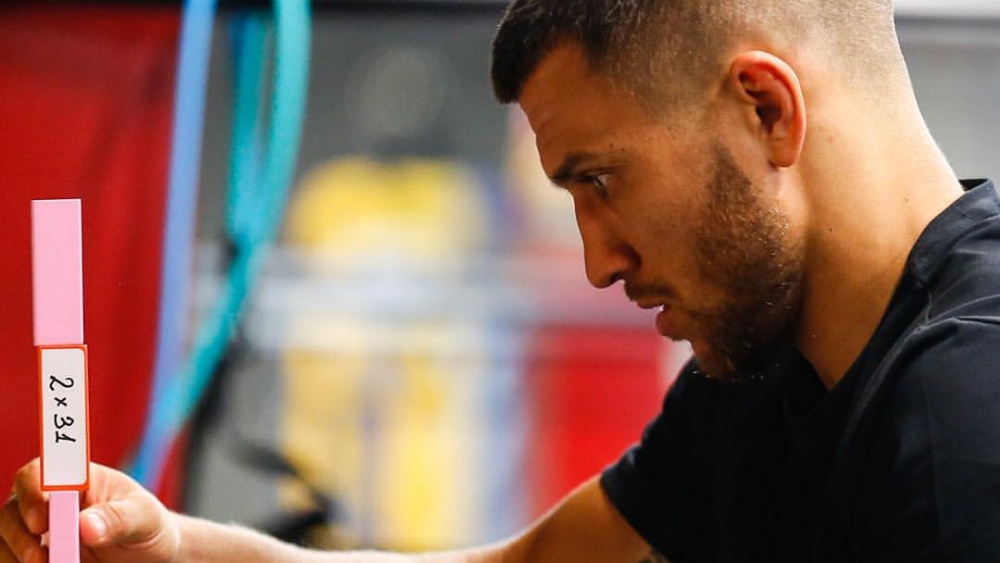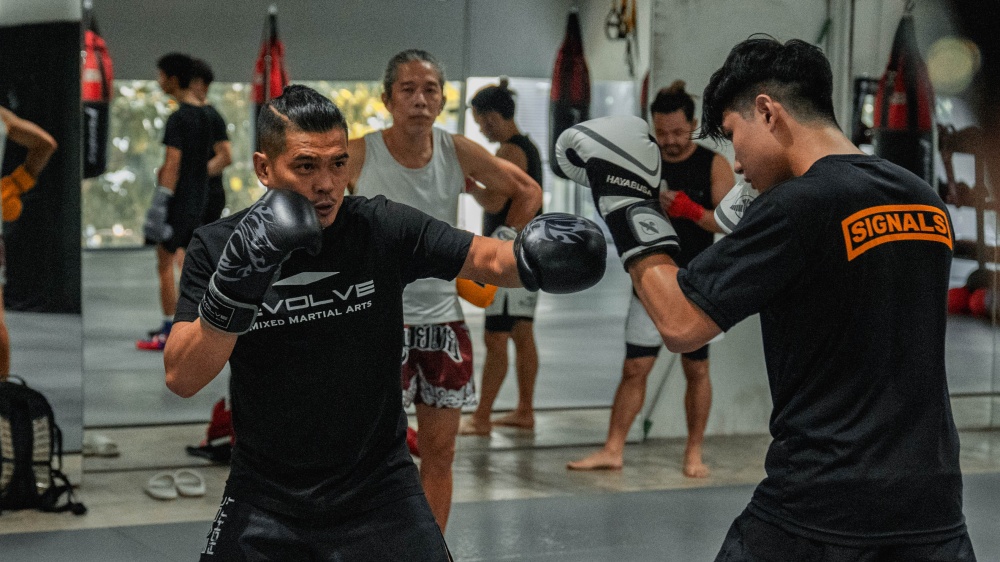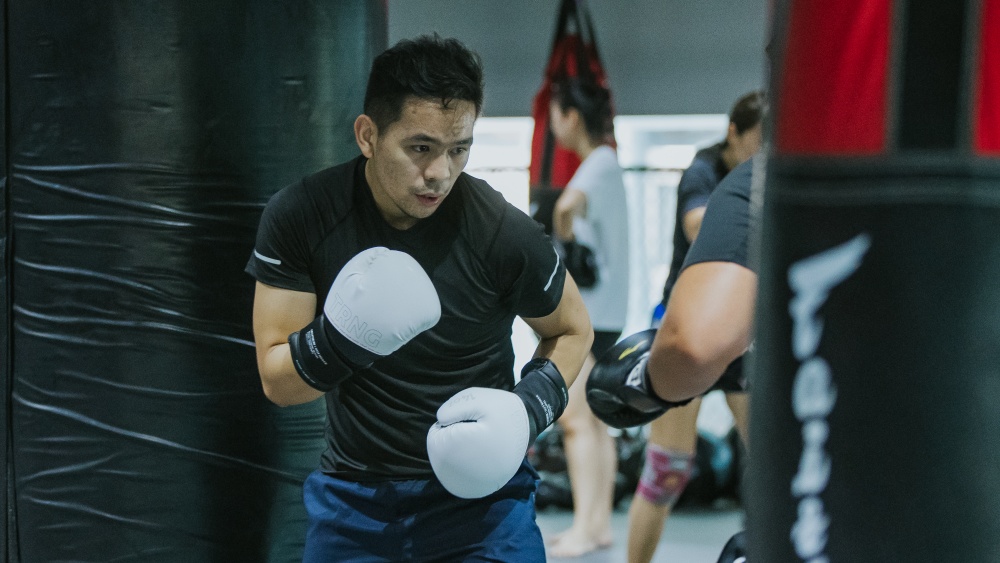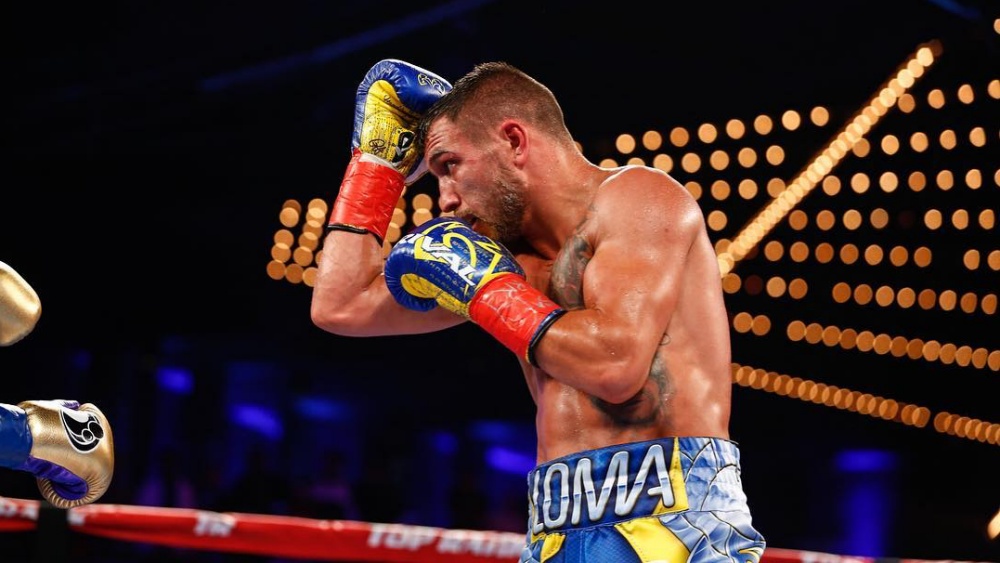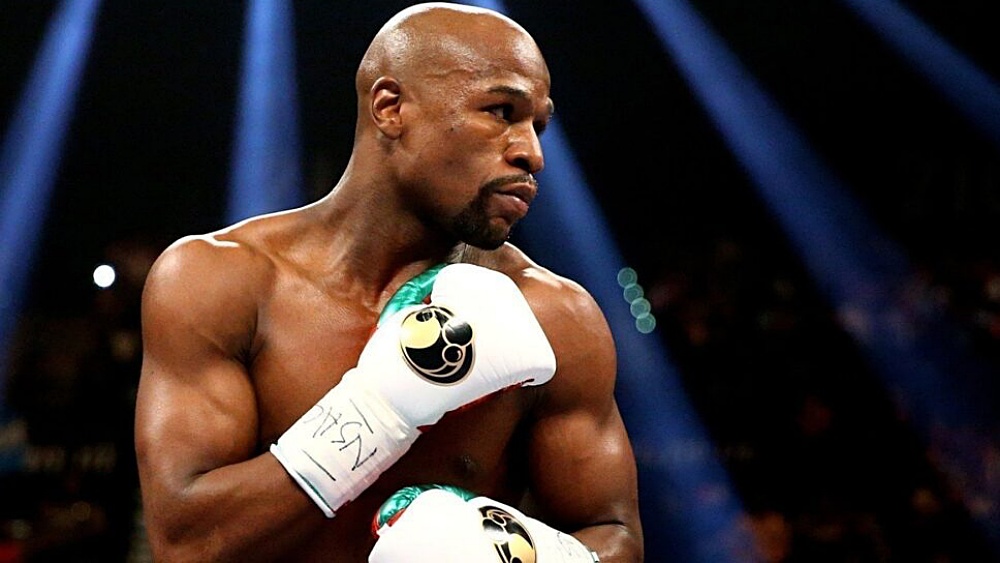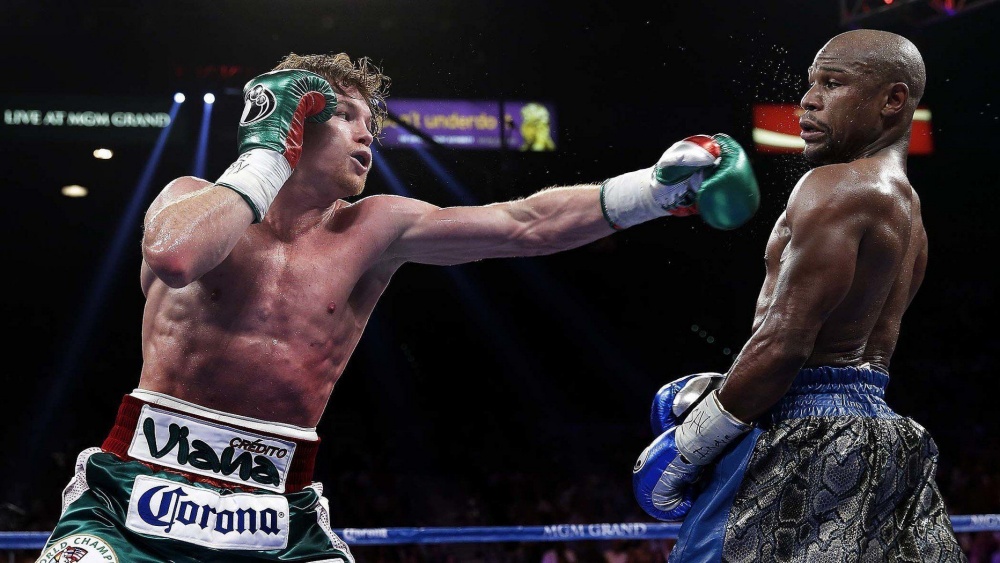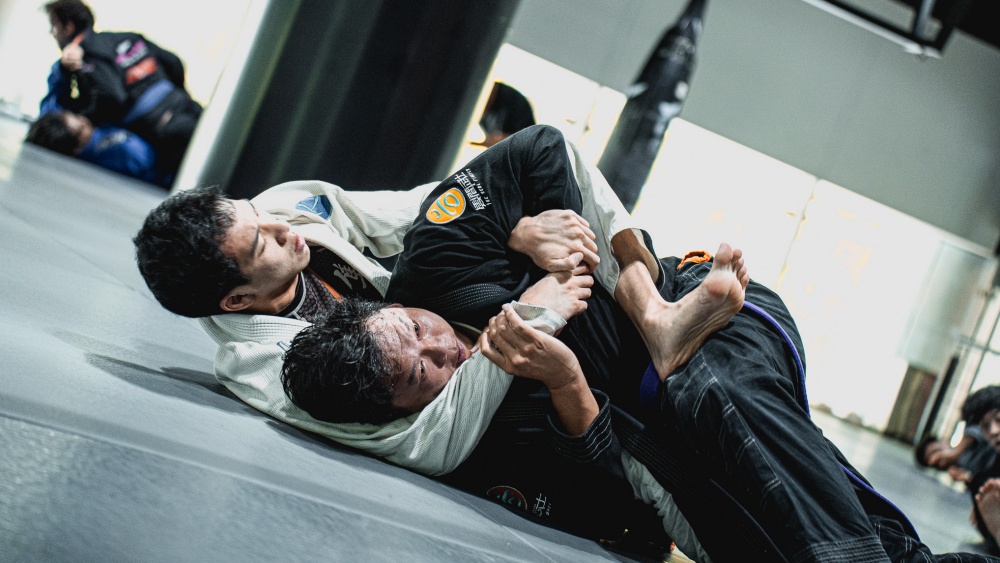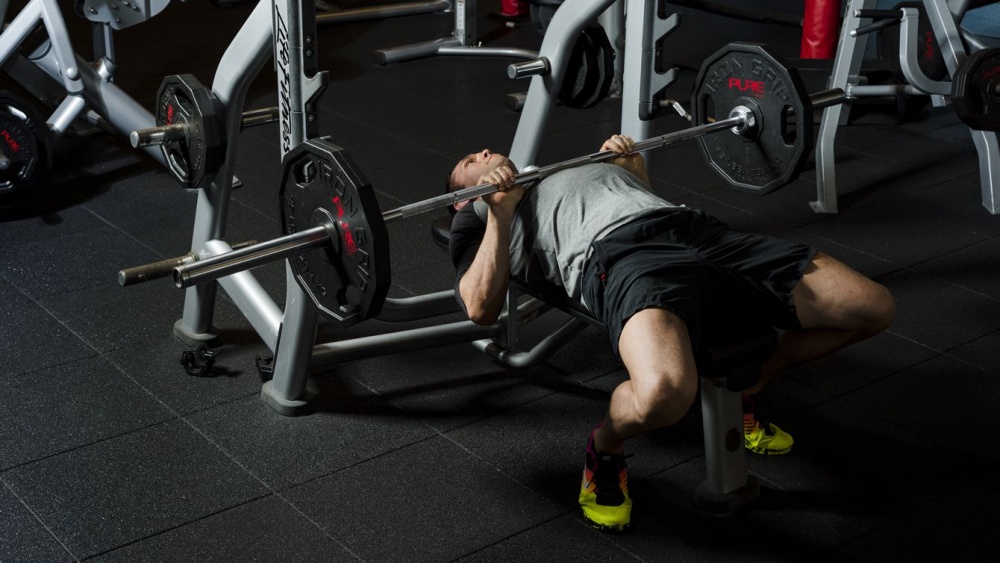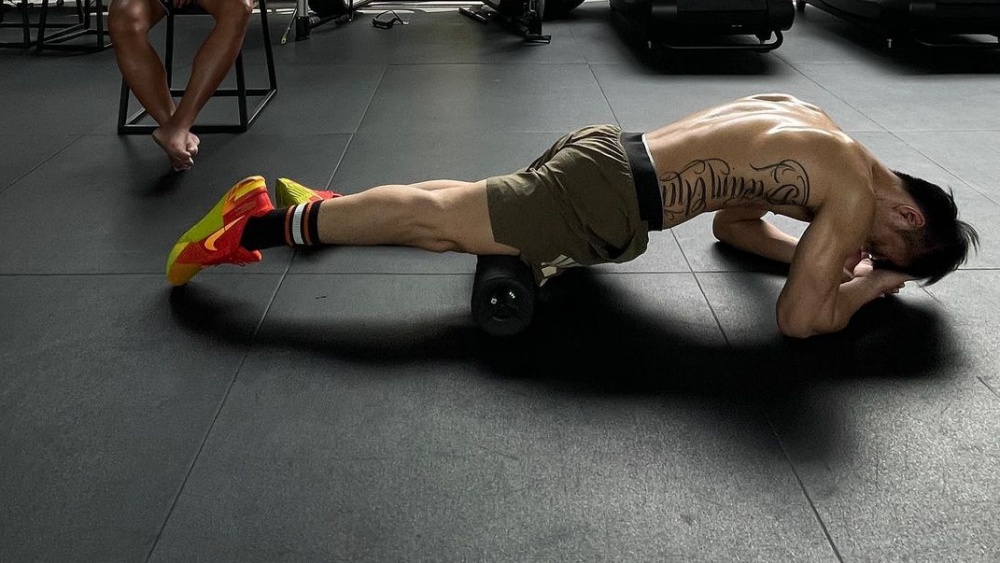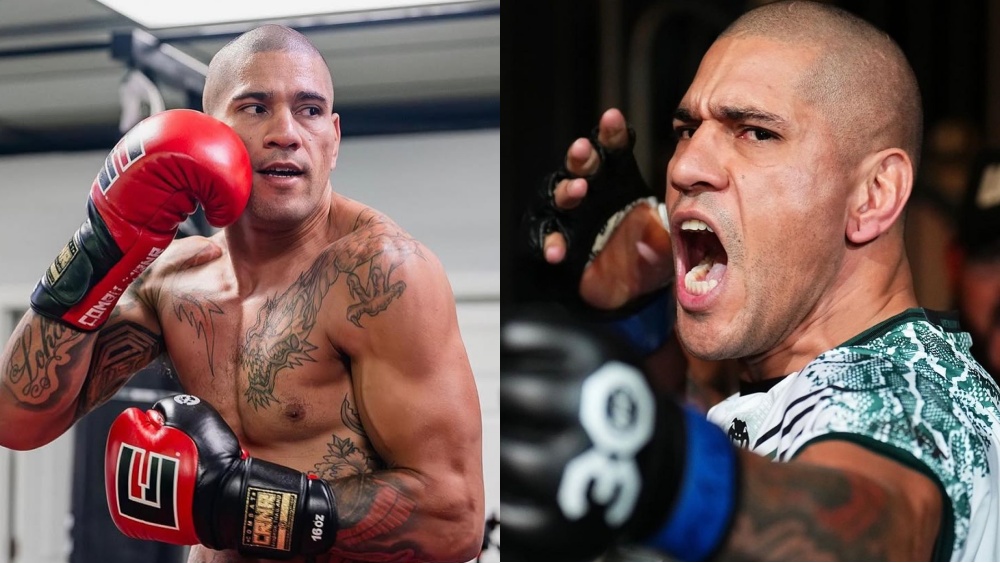There are many ways to improve your strength and conditioning as a boxer. Some fighters prefer conventional exercises and drills that have been proven to be effective over the years, while others prefer unconventional exercises that give them an edge over their opponents.
There’s sound logic behind their thinking since exercises most boxers perform won’t give you an edge against other boxers besides those who don’t work as hard as you do. Unconventional exercises can give you an edge since only a few use them. The optimal approach for intelligent boxers would be a balanced blend of conventional and unconventional exercises to prepare them for fight day.
Unconventional Boxing Strength And Conditioning Exercises
Ready to read about some of the weird things boxers use to prepare themselves for their fights? Let’s jump right into our list:
1) Ballet Lessons
Few boxers move with the fluidity and grace of Vasyl Lomachenko, and he credits taking ballet lessons as a child as one of the reasons his footwork is years ahead of most boxers. His father, a boxing trainer, didn’t allow him to train in boxing for some time during his childhood, instead instructing him to learn ballet.
Lomachenko is one of the few boxers in history who can claim they won a world title in their professional boxing debut. Before that, he had already won a pair of gold medals at the Olympic games.
Ballet isn’t the only dance style that translates to boxing footwork. Other dance styles that translate into better boxing footwork include:
- Contemporary
- House
- Modern/hip hop
These dance styles require quick movements and control of your body to match the beat of the music, similar to how boxer move their feet inside the ring. Some would even argue that any type of dancing helps with footwork.
For example, there are no records that Muhammad Ali ever took formal dancing classes, but he was known to love dancing. Even fighters that compete in other combat sports like mixed martial arts can improve their footwork by learning how to dance. As a bonus, you learn a new skill that can help you socialize and interact with a more diverse range of people.
2) Stick Training
Fans of Manny Pacquiao have likely seen one of his videos where he’s getting hit with a stick. The legendary boxer and Filipino congressman used this unconventional training tactic for years. Given how successful the eight-division champion was during his career, there might be more than meets the eye regarding his weird approach to conditioning.
Pacquaio’s stick training involves having one of his trainers hit him all over his body with a thick, wooden stick, conditioning his body not to react to pain. Pacquiao also feels his stick training helps to condition his mind.
“I think I’m the only one who does that stick,” Pacquiao responded when asked about his stick training routine. “It’s gonna be my mental conditioning…, cause in the ring, some fighter when they get hit, they panic. But if you do the stick, when you get in the ring, and you will get hit, you will still be relaxed and focused on the fight.”
Pacquaio had arguably the most durable body and chin in boxing during his prime, so hitting yourself with sticks to condition your body probably has some benefits.
3) Underwater Breath Training
You might be surprised to find out that fighters like Lomachenko and Oleksandr Usyk use underwater breath training to improve their conditioning for boxing. Holding your breath underwater teaches you how to control your breathing while improving your body’s ability to use up all the oxygen in your lungs. The average person can barely hold their breath underwater for more than 20 seconds, but trained divers can typically hold theirs for three to five minutes. It’s not some special ability they’re born with, even though genetics is one of the factors that determine how long you can hold your breath.
Most people can learn how to hold their breath underwater for one to five minutes with a bit of training. You’d be shocked how much you can improve your ability to go without breathing after only a few days’ training.
Studies also show that holding your breath underwater can help to repair damaged brain tissue and relaxes the body. It also improves your cardiovascular health, so you’re less likely to breathe heavily during the latter rounds of a fight.
As weird as this training technique might seem, science certainly agrees with the thinking behind it. Ensure you have a spotter when performing underwater breath training since there’s a risk of passing out if you stay under longer than your body can handle.
4) Schulte Table
Besides fighters like Lomachenko using Schulte tables to keep their minds sharp, a growing number of boxers are starting to add similar mental drills to their routine. Attributes like your visual perception, peripheral vision, and reaction can be trained with such exercises.
A Schulte table contains 25 numbers spread around, and the goal is to find all the numbers as fast as possible. It’s a lot trickier than you think since the numbers come in different colors and blocks. Performing such drills regularly helps train your mind, improving your ability to process information quickly and react quickly.
You can use countless apps to train your brain these days, so download one if you don’t have a Schulte table.
5) Hand Walks
The legendary Archie Moore was a fan of hand walks and felt the exercise helped to improve his knockout power. The exercise targets your core, anterior deltoids, chest, abs, oblique, and lower back. You can substitute this exercise with wheelbarrows if you’re not up to the task of walking on your hands. You still get to target many of the same muscles, just to a lesser extent. A wheelbarrow is simply a partner grabbing both of your legs while in a push-up position. You then walk on your hands as far as you can before you need a rest. Aim for about three sets.
You may also like:
